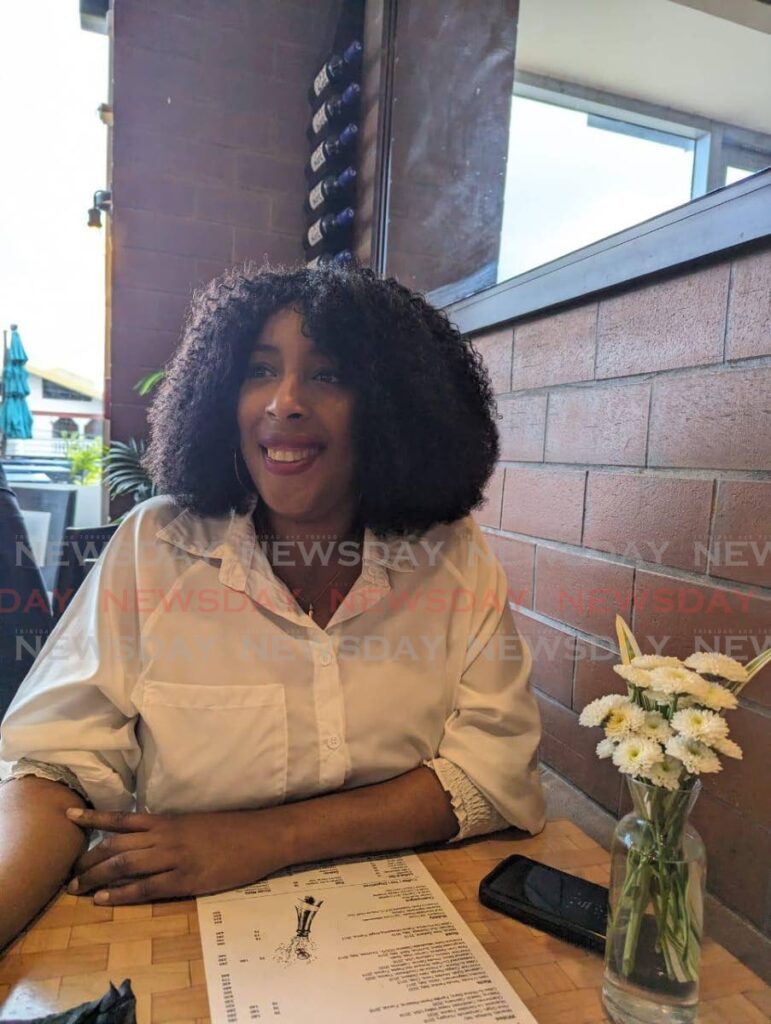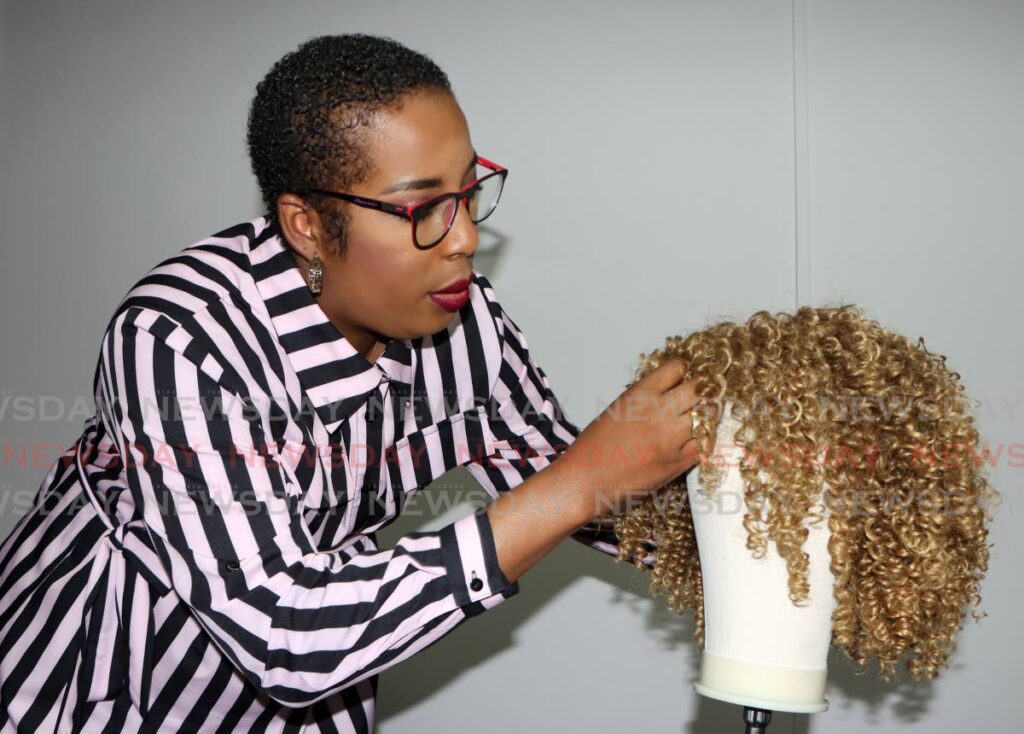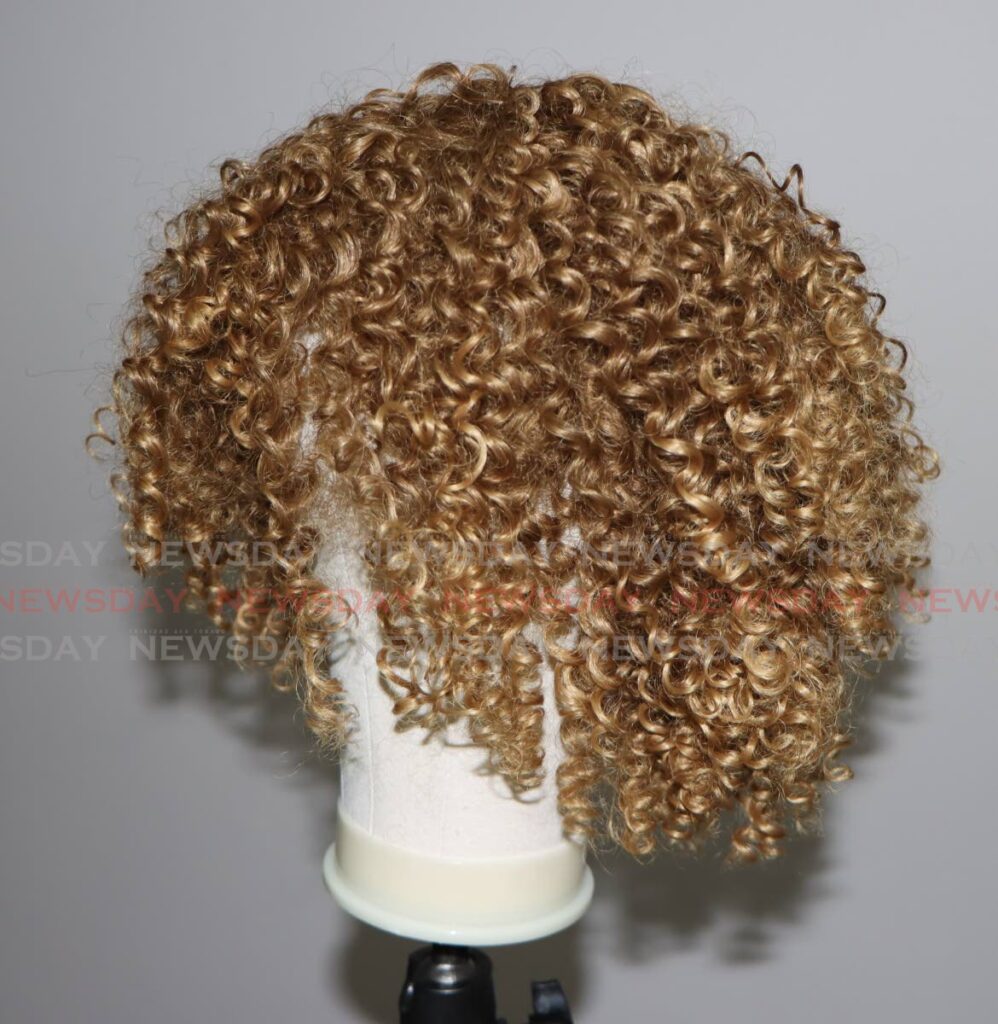Cancer survivor turned entrepreneur launches e-business

As a digital marketer and beauty enthusiast, beauty branding has been the focus of Jamila Bannister’s business for many years.
“My professional life had always been PR- and communication-based,” Bannister told Business Day.
“PR has a lot to do with image, communication has to do with image – the things that you say and the way that you present yourself – and that naturally led to me getting into makeup artistry.”
But when she was diagnosed with inflammatory breast cancer in May 2023, her business focus took a different turn when she experienced firsthand the emotional journey of coping with hair loss.
"Last year I shared my story with Newsday and the response was overwhelming. It dawned on me that I could turn this attention into a platform to support and empower other women facing similar challenges."
On March 8, International Women’s day, Bannister hosted the pre-launch of The Beautiful Market, an e-commerce store catering specifically to women who live with and have experienced hair loss. The launch will take place on March 25.
“Our store offers a curated selection of wigs, toppers, extensions and beauty products, providing not just solutions but also a sense of dignity and confidence to our customers.”
She said what sets The Beautiful Market apart from other hair retailers is her deep understanding of the emotional toll of hair loss and her commitment to helping other women find their way through that trying time.
“Unlike traditional hair retailers, we speak directly to the needs of women navigating this journey, offering empathy, support and high-quality products designed to meet their unique needs.
“Hair loss can be an emotional thing. There are women with alopecia, women with fatty liver disease, which causes hair to get thin and break and fall off, or some women who have hair loss and they don't even know why.

“You hear similar stories: ‘I just saw the hair on my pillow; I just felt a cold on my head; I’m combing my hair like this to hide the patches.’ It’s difficult to have to deal with it.”
Bannister said after her diagnosis she began to mentally prepare herself for hair loss after undergoing chemo, but seeing her hair literally lifting off her head like a hat was a different story.
“I still have my hair hat at home. I shaved off the rest and that's when I started to wear my Stella, my big fluffy wig. She was fabulous, she was a star.”
She said whenever she wore Stella it wasn't very obvious that she was dealing with so much under the surface.
“Some people had no idea about the war that was happening under the wig – in my head, on my head and what it really meant for me. I always described it as a way to protect myself, almost like a helmet you wear when you're going to war. It allowed me to assimilate, to be normal in an environment, because I wasn't yet ready to tell my story…I wanted that for other women.”
She recalled a day she was walking along Frederick Street, Port of Spain, and noticed a van slow down as it passed by her.
"Then all of a sudden, I'm walking on Queen Street and this same van pulls up and the female driver said, ‘I've been watching you since Frederick Street. I love your hair, where did you get it?’
“As it turned out I was advertising for my own store even before it happened.”
Before her diagnosis, she had invested in some wigs for resale.
“I had ordered the shipment, and by the next week I had found out about my diagnosis. Knowing I would lose my hair if I had to undergo chemo, I put aside the wigs I had ordered to sell, and ordered for myself.”
In early February, when Bannister decided it was time to go back to work, she applied for a marketing job with a US company selling wigs to women with hair-loss issues.
“When I had started doing wigs, it was about me, so I wrote an entire marketing campaign for the company using my own experience. They saw it , they liked it, they said it was one of the best they had ever seen – but still I didn't get the job.
“As I sat there in my disappointment, I said, 'Wait a minute. You have hair, you do marketing, you like beauty. That plan was never for them, it was for you.'”
She took the plan, stripped the company’s name and inserted her own, tweaked it to suit the TT market, and within two weeks she had a complete working plan.
“I have a framework that I'd been building for the last two years for beauty brands and I had never put it out there because I wasn't sure it would work…I always say my Google drive has millions of dollars on it…I have all the ideas, all the tools.

“I pulled and dusted my framework and used it to put my plan into action. In two weeks’ time, I had ordered new stock, had a website and e-mail address. I reached out to media, I organised my business registration and bank accounts.
“I re-wrote the campaign and I put everything I wanted to accomplish. I set out the KPI (key performance indicators) for the things I wanted to accomplish and the way this brand will be represented. I reached out to models and organised a production. I got people to share their stories with regard to hair loss – and I really tapped into my own experience.”
Having never really sat and thought about what hair loss and wearing wigs meant to her, Bannister said she stripped her experience apart.
“I had never processed my thoughts around the wig-wearing. I dug deep in that area and that allowed me to write ads and some social media posts directly from my experience.”
She recalled going to the hospital, restaurants and other places, and people complimenting her wigs, so the rewritten campaign, Embrace Your Now, was simply to encourage women with hair loss to accept it as part of their lives and try to make the best of it.
“We have full wigs, toppers to help with thinning of hair on the top of the head, clippings, which give more volume, and extension ponytails,” which are available in human and synthetic.
“Put on a wig and have a good time. Put on some clippings and have a good time. There is so much life to live, a little hair loss shouldn't stop you from doing what you want to do.
“The store will also have some beauty products, and eventually we will grow beyond that.”
The Beautiful Market is strictly e-commerce, as Bannister believes it is the quickest way to launch and is cost effective.
“And there is another side to the business, which is the affiliate partner side…Most people who experience hair loss have some medical condition going on, and maybe it affects the ability to work, maybe it doesn't. In my experience, it did.
“The affiliate partner programme was designed to help the store grow and to give back to people. So if people sign up as a partner, they get five per cent of every sale that they refer, and also could get other incentives, depending on how many people they refer.”
Partners, Bannister said, do not necessarily have to be people with hair-loss issues.
“Anyone who believes in the brand and what is represents can become an affiliate partner. Wig-wearing comes with judgements, without knowing about what happens under the wigs, the extensions, or clippings.
"But women with hair loss should have an opportunity to feel beautiful too. I just want women who live with hair loss to be included the beauty conversation.”


Comments
"Cancer survivor turned entrepreneur launches e-business"